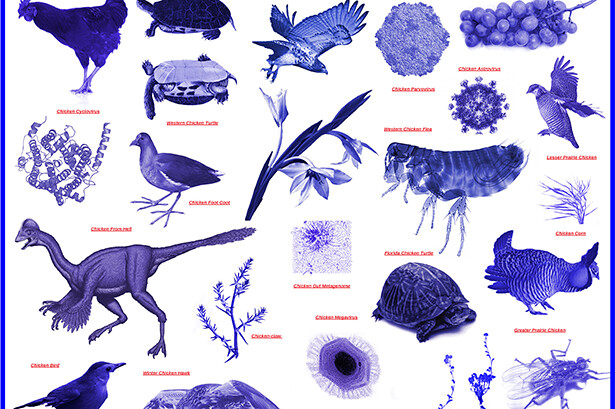Preferred application deadline: February 1, 2016
ArtCenter College of Design
950 South Raymond
Pasadena, CA 91105
Designing for the unknown
Media Design Practices seeks future designers who are up for the challenge of the unknown. Our program’s award-winning curriculum prepares graduates to tackle the urgent issues of our time. Through project-based coursework and external partnerships, students ask and answer: What is the role of design in complex global systems? How can design influence the development of emerging technologies? How might design affect change where it is needed most? How can designers address hard and fast realities by imagining alternative futures?
Our interdisciplinary MFA is grounded in media—graphic, visual, interactive, spatial, experiential—and technology. This grounding gives our graduates desirable skills applicable in a broad range of work environments, from Google Creative Lab to the United Nations. Faculty with deep expertise in interaction design, media design, architecture, anthropology, social impact design, computer science, graphic design, film, art, critical theory, and more guide students with a precise mix of structure and open-endedness. Each cohort of students is hand-picked from a wide range of backgrounds to encourage peer-to-peer learning and team building. Upon graduation, each student will have brought their own mix of interests together as a cohesive, future-oriented design practice ready to take on a world of perpetual change.
The curriculum offers two tracks—Lab and Field—each oriented toward careers in different contexts. Lab-track students use design to explore the cultural impact of new ideas from science and technology and go on to work in tech industry R&D, start-ups, or independent practice. Field-track students use design to tackle social issues in a global context and are prepared to bring inventive design and technology approaches to domains such as international development, urban planning, or social activism. The productive friction between the tracks leads to new ideas and approaches, as students take on complex problems from a mix of critical perspectives.
The curriculum provides immersive experiential learning through projects and knowledge partnerships distinct to each track. Coursework is punctuated by formal exchanges timed to maximize cross-pollination between tracks. The shared studio—a voluminous former supersonic jet testing facility at the heart of Art Center’s south campus—provides casual, daily interaction amongst students. It is this intertwining that led a Core 77 Design Awards jury to call the program “the future of design education.”
Chair
Anne Burdick, designer, editor, critic
Core Faculty
Elizabeth Chin, anthropologist
Sean Donahue, media designer, design researcher
Tim Durfee, architect, editor
Ben Hooker, media designer, media artist
Phil van Allen, interaction designer, technologist
Adjuncts and Guest Critics 2015–16
Mariana Amatullo, Shaowen Bardzell, Ian Besler, Emily Bills, Benjamin Bratton, Laurenz Brunner, Leonardo Bravo, Stuart Candy, Scott Cazan, Teddy Cruz, Elise Co, Carl DiSalvo, Anthony Dunne, Keller Easterling, Claire Evans, Christopher Fabian, Eva Franch Gilabert, Shannon Herbert, Luke Johnson, Grant Kestor, Norman M. Klein, Jesse Kriss, Alan Koch, Jesse LeCavalier, David Leonard, Mike Manalo, Shannon Mattern, Jane McFadden, Metahaven (Daniel van der Velden and Vinca Kruk), Mike Milley, Hamish Muir, Chelina Odbert, Louise Paradis, Glenn Phillips, Cher Potter, Sara Rich, Jennifer Rider, Tim Schwartz, Edward Shanken, Paul Shaw, Rhazes Spell, Arden Stern, Mark Vallianatos, Lorie Velarde, Jason Weems, Richard Wheeler, Rosten Woo, Mimi Zeiger
Stats
Degree offered: Master of Fine Arts in Media Design
Students: 42–55
Core Faculty: 5
Adjunct Thesis Advisors: 10
Adjunct Faculty: 18
Guest lecturers per year: 26+
January Average Highs/Lows: 68º / 48º F
Studio
Wind Tunnel Studio: 15,000 square feet
Making Lab: laser and 3D digital fabrication + electronics library
Individual studio spaces with 24/7 access
Graduate Center for Critical Practice Wind Tunnel Gallery: 2,000 square feet
More info
[email protected]


